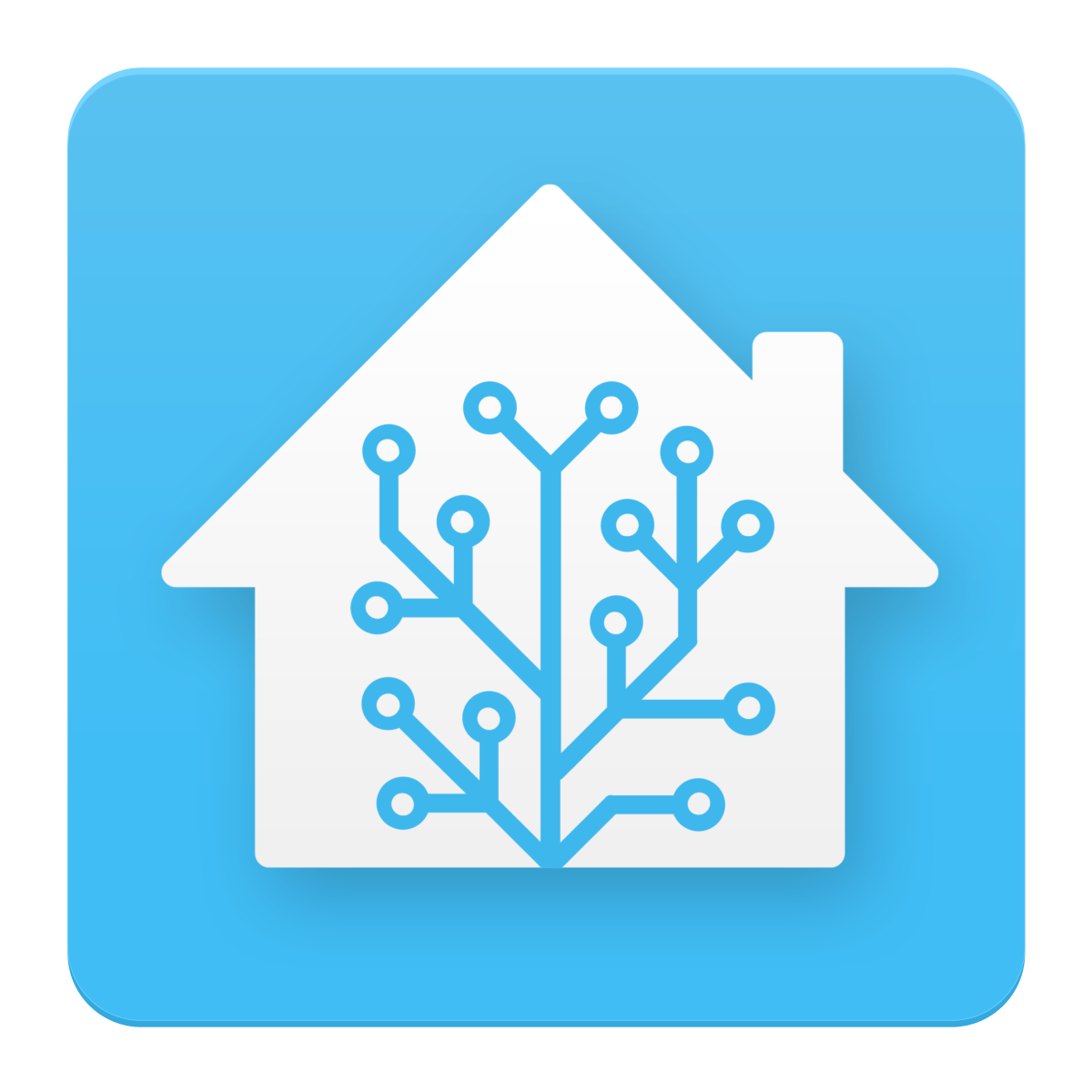
HomeAssistant Advanced Install
HomeAssistant Advanced Install
Step 1 head to the dietpi website and download the 64 bit Os for your device.
Step 2 flash dietpi to your SD card using the Raspberry pi imager
Step 3 (optional) edit the dietpi.txt file on SD Card.
Step 4 Connect to your router and identify the IP address of your raspberry Pi
Step 5 open a ssh connection to your Pi (on windows you can use Powershell or mac terminal). We are going to be using the root user so your command will look like ( ssh root@IP ). The password is dietpi.
Step 6 Follow the on screen instructions till you reach a installation menu. Just select Install and yes. Once completed the Raspberry Pi will restart. If it doesn’t then type reboot.
Step 7 Connect back to your RaspberryPi using the shh method then run the command ( sudo apt-get install python3 python3-dev python3-venv python3-pip libffi-dev libssl-dev libjpeg-dev zlib1g-dev autoconf build-essential libopenjp2-7 libtiff5 python ) If prompted press Y to continue.
Step 8 Run the command ( sudo apt install build-essential zlib1g-dev libncurses5-dev libgdbm-dev libnss3-dev libssl-dev libsqlite3-dev libreadline-dev libffi-dev curl libbz2-dev ). Enter Y if prompted.
Step 9 Now we are about to compile Python3.8. Run the following commands. ( wget https://www.python.org/ftp/python/3.8.2/Python-3.8.2.tar.xz ) When the comand is complete we need to extract the tar file which the above command just downloaded to do so we must run the comand. ( tar -xf Python-3.8.2.tar.xz ).
Step 10 Navigate to the Python source directory and run the configure script we do this with the following commands ( cd Python-3.8.2 ) then ( ./configure –enable-optimizations ). This command may take a long time so its a good tea break.
Step 11 When the last command has completed then we must run another command. ( make -j 4 ) This will also take a long time.
Step 12 Now python3.8 has been compiled and can now be installed. simply run the following ( sudo make altinstall ) This can take around 2 minutes.
Step 13 Type ( cd ) to head to the root directory. We can now create our virtual environment for Homeassistant. Type the following ( python3.8 -m venv homeassistant ). Wait for the command to run then type ( cd homeassistant ). We are now in the folder which hosts the virtual environment. Run the command ( source bin/activate )
Step 14 Time to install Homeassistant run the comands ( python3 -m pip install wheel ) then ( python3 -m pip install homeassistant ).
Step 15 Homeassistant is now installed now to make it auto start. Close your ssh client then open it back up to start a new connection. Once connected type ( cd /etc/systemd/system/ ) You are now in the /system/ folder type ( wget https://raw.githubusercontent.com/unofficial-skills/pi-scripts/master/home-assistant.service ) This will download the Homeassistant auto start script.
Step 16 Run the comand ( sudo systemctl –system daemon-reload ) this makes the system scan for startup scripts/services. Now run ( sudo systemctl enable home-assistant ). This will enable Homeassistant to auto boot. That’s It you can now restart your pi and Homeassistant will start. Restart using the command ( reboot ). Homeassistant will take up-to 10 minuets to appear on the first boot.
The config files are available at ( /root/.homeassistant/ ).
If you wish to find the status of Homeassistant then type in ssh ( sudo systemctl status home-assistant )